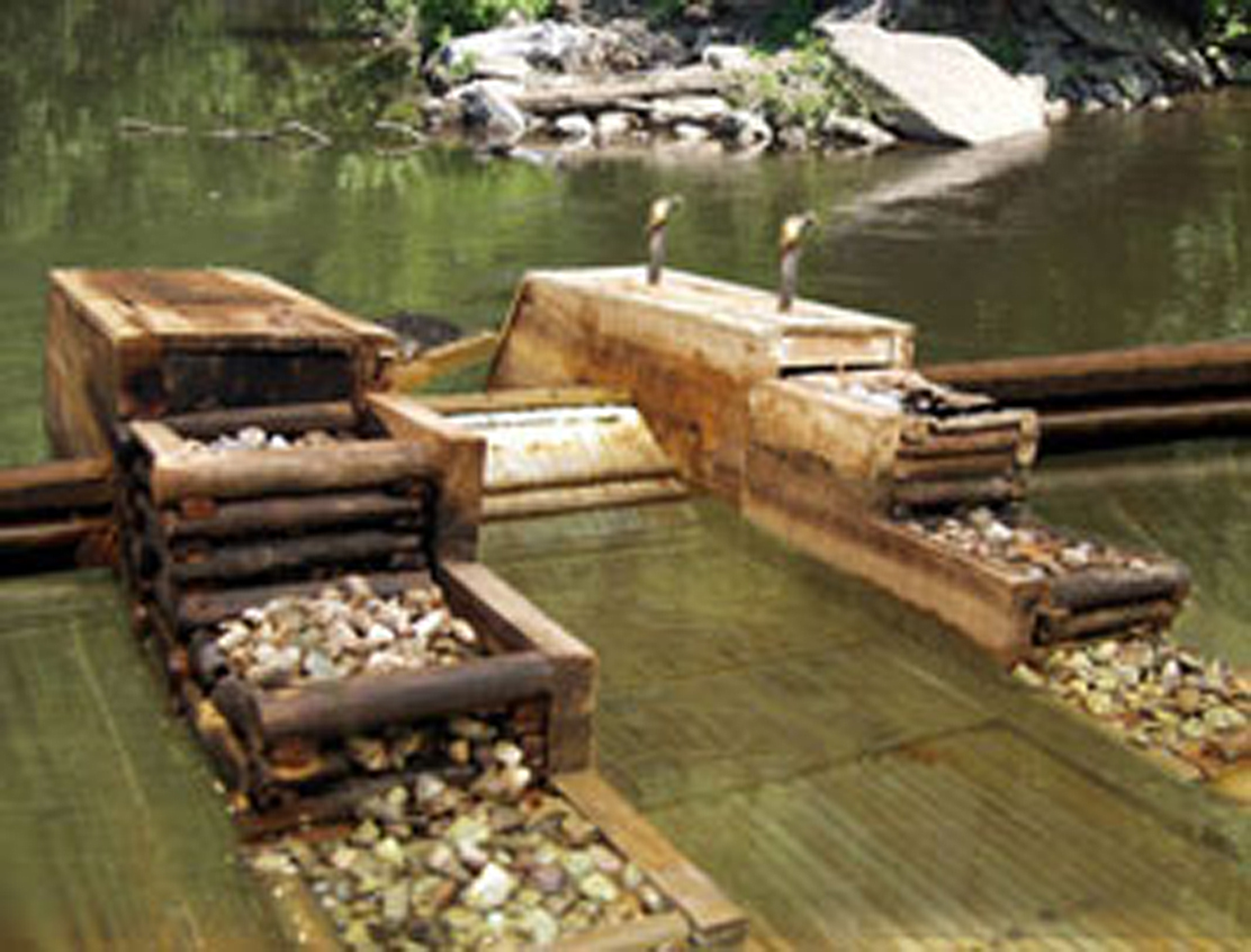The Canal Trap arises from the Italian Game (1.e4 e5 2.Nf3 Nc6 3.Bc4):
This has been extremely popular at high level for many years now. The consensus among top players seems to be that black’s strongest reply is 3…Bc5, entering the Giuoco Piano:
From there, White typically plays the modest pawn pushes c2-c3 and d2-d3 and develops quietly. This, the Giuoco Pianissimo, has become perhaps the mainline of the open games:
Instead, White can develop a knight to c3 and go for piece play. The Canal Variation comes about after 4.d3 Nf6 5.Nc3 d6 6.Bg5:
Black has some different choices, and that can be a problem. After the sequence 6…h6 7.Bxf6 Qxf6 8.Nd5 Qd8 9.c3 (other moves will be analyzed in the notes below):
Black should play 9…a6 which preserves the dark-squared bishop from exchange from white’s d2-d4 or b2-b4 pawn advances. Instead, he loses after the normal-looking 9…Be6?
Can you see why? This is the Canal Trap.
Use the Canal Variation (and maybe the Canal Trap) to win games!
Sound, Solid, Infrequently (Well-)Played…
 Peruvian GM Esteban Canal (1896-1981). Photo: ajedrez365.com
Peruvian GM Esteban Canal (1896-1981). Photo: ajedrez365.com
Three characteristics of an opening line to consider! By my count I am 3-0 in tournament play with the Canal (all against lower-rated players, so take that for what it’s worth).
More important, my students score quite well with it, and always get good positions out of the opening. Since it’s a forgotten line, their scholastic opponents don’t know the subtleties of defending it.
